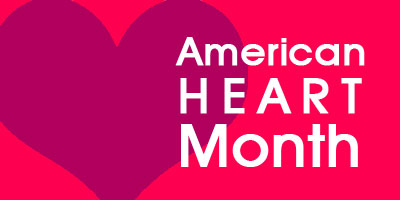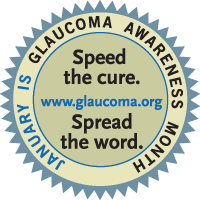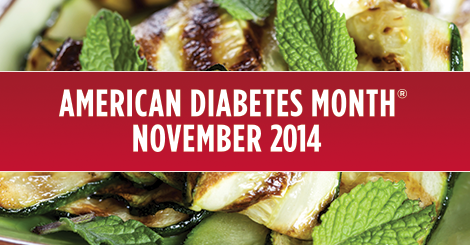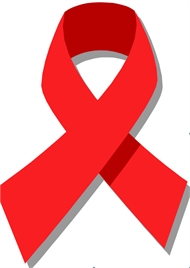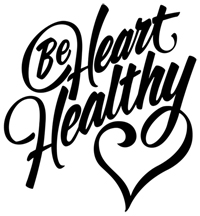Your Monthly Check-Up: March toward Good Health during National Nutrition Month®

Alright, so there might be only a few days left of March, but it’s not too late to get the most out of National Nutrition Month®! When it comes to your overall health and well being, it’s never too late to start adopting better eating habits and a solid exercise routine – both for yourself and your loved ones.
National Nutrition Month® is a nutrition education and information campaign sponsored annually by the Academy of Nutrition and Dietetics (formerly the American Dietetic Association). It began in March 1973 as “National Nutrition Week” but became a month long observance by 1980 due to growing public interest in nutrition.
With more than 70,000 members, the Academy is the world’s largest organization of food and nutrition professionals. Its mission is to promote optimal nutrition and well being for all people by advocating for its members. The majority of the Academy’s members are registered dietitian nutritionists and dietetic technicians.
National Nutrition Month focuses attention on the importance of making smart food choices and developing solid eating and exercise habits. This year’s theme, “Bite into a Healthy Lifestyle,” encourages everyone to adopt eating and physical activity plans that are focused on consuming fewer calories, making informed food choices and getting daily exercise in order to achieve and maintain a healthy weight, reduce the risk of chronic disease and promote overall health.
The Academy provides a number of resources for people looking to get on or stay on the path toward good health. For example, the Good Nutrition Reading List includes publications from both the Academy and otherwise collected into the following categories:
- Children and teens
- Diabetes
- Food Sensitivities
- Nutrition and lifestyle
- Pregnant and breastfeeding
- Special needs
- Sports nutrition
Another resource is MyPlate, a tool of the United States Department of Agriculture (USDA). According to the MyPlate website, the MyPlate symbol is an “easy-to-understand visual cue to help consumers adopt healthy eating habits consistent with the 2010 Dietary Guidelines for Americans.” (The USDA replaced MyPyramid with MyPlate in June 2011. The 2015 Dietary Guidelines for Americans is in development.) According to the Academy,
MyPlate provides practical information to individuals, health professionals, nutrition educators and the food industry to help consumers build healthier diets with resources and tools for dietary assessment, nutrition education and other user-friendly nutrition information. The online resources and tools can empower people to make healthier food choices for themselves, their families and their children.
The 2010 Dietary Guidelines for Americans focus on balancing calories with physical activity and encourage Americans to consume more healthy foods like vegetables, fruits, whole grains, fat-free and low-fat dairy products and seafood, and to consume less sodium, saturated and trans fats, added sugars and refined grains.
The Academy offers a few rules of thumb to help consumers work some of these Dietary Guidelines into their daily lives:
- Enjoy your food, but eat less
- Avoid oversized portions
- Make half your plate fruits and vegetables
- Switch to fat-free or low-fat (1-percent) milk
- Compare sodium in foods like soup, bread and frozen meals and choose the foods with lower numbers
- Drink water instead of sugary drinks
Ready to take your nutrition and exercise goals a step further? Check out the SuperTracker, an interactive tool via the MyPlate site that can help you plan, analyze and track your diet and physical activity. Gain insight on how much you should be eating, track your foods, physical activities and weight and personalize with goal setting, virtual coaching and journaling.
Wellness is an important part of life at Hinda, which is why we dedicate at least one post per month to wellness news and trending topics. No matter where you are in your health and fitness journey, there’s no better time than National Nutrition Month to take a step back and review your goals, analyze your results and make whatever tweaks you can in order to achieve optimal health and overall well being.

